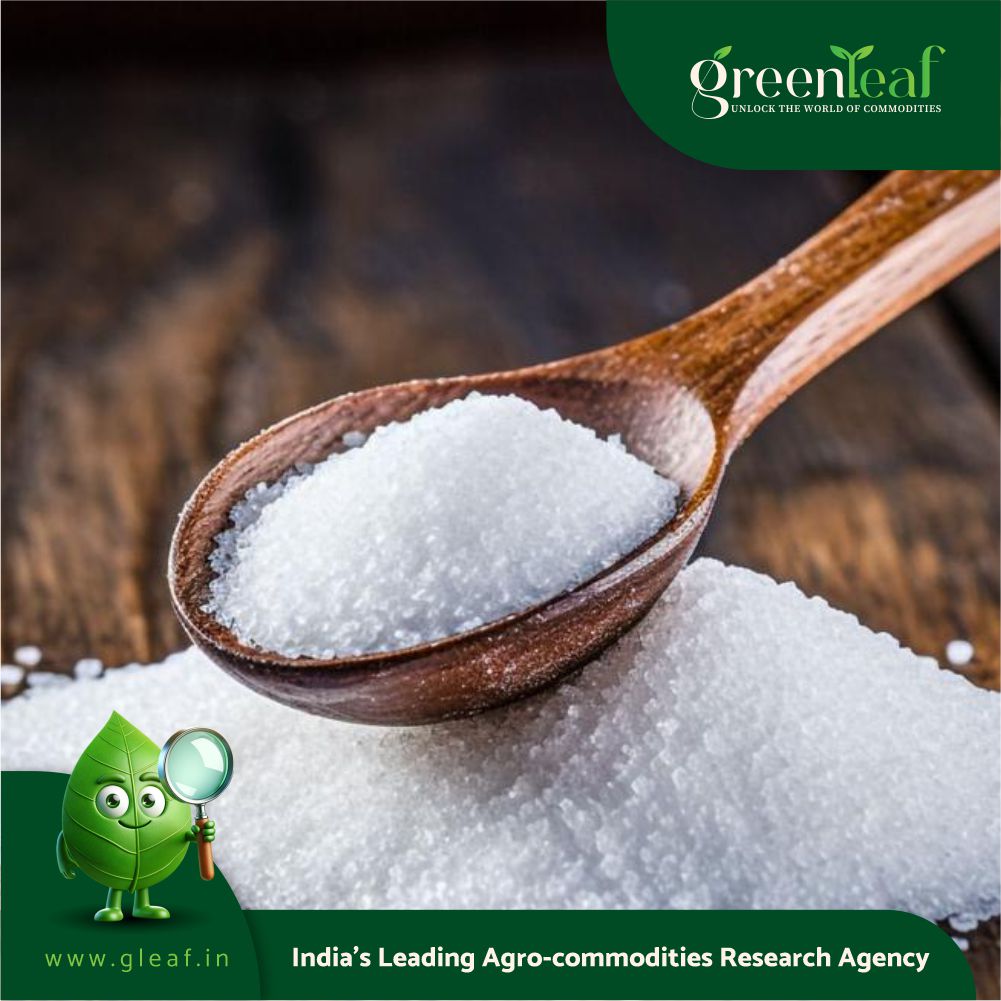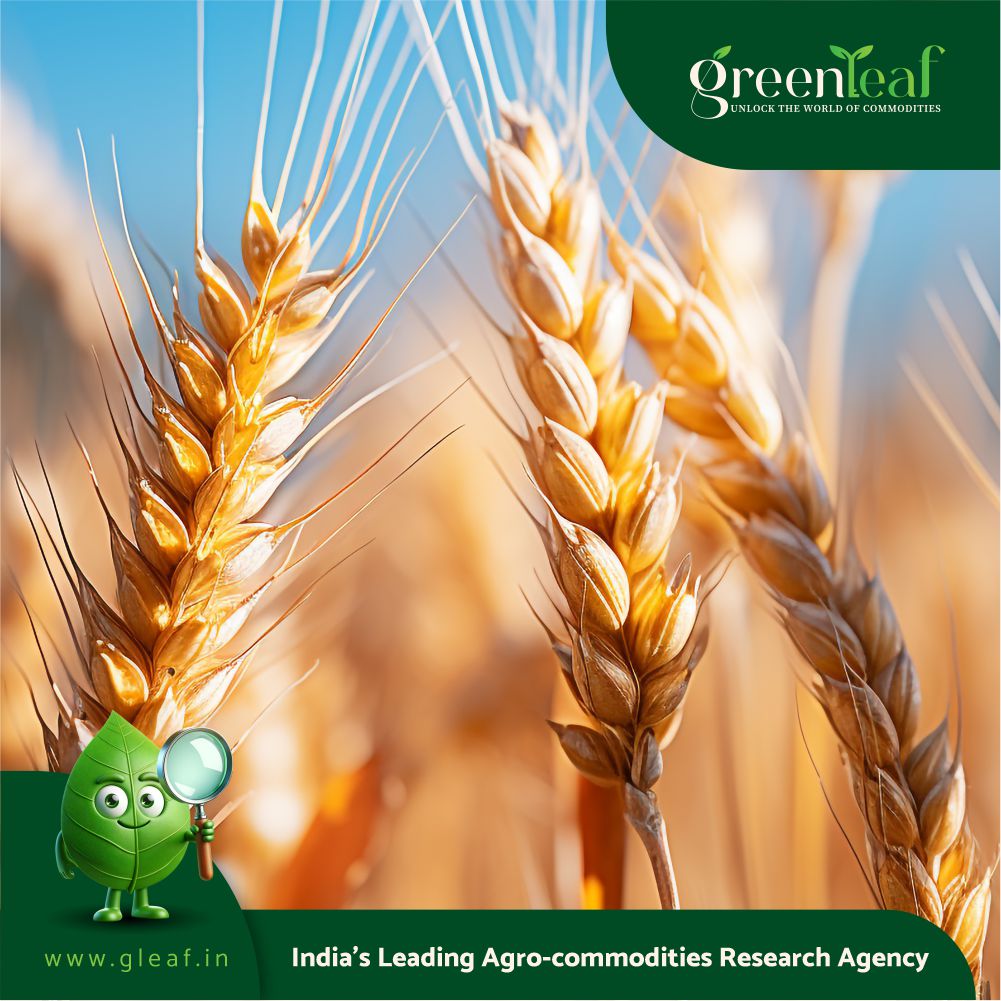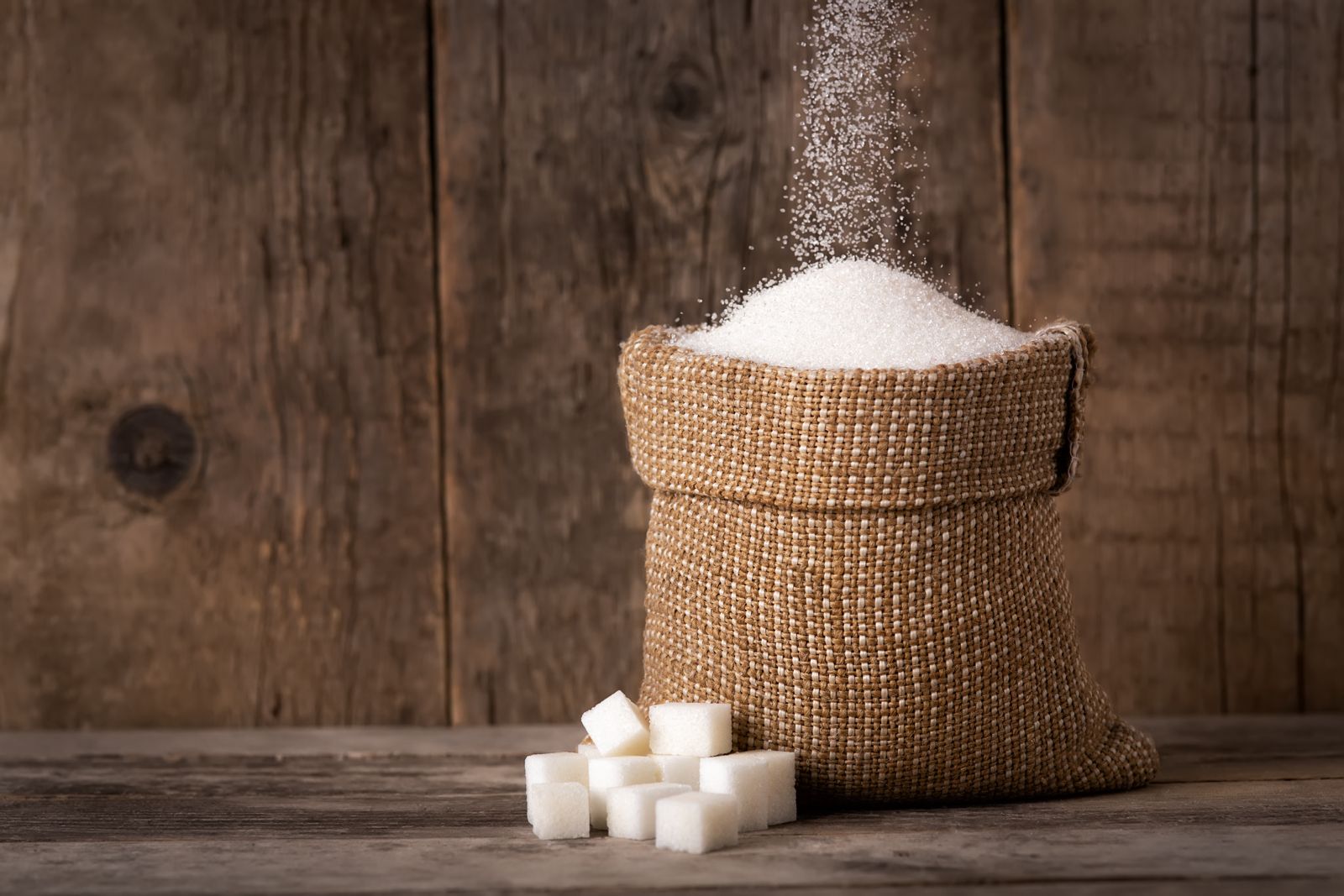After grain-based ethanol, the latest worry for India’s sugar industry is the continuous dip in the country’s sugar consumption. With the Central government implementing the Eat Right Campaign to reduce sugar and oil consumption, the industry is concerned that this will have a long-term impact on its economics.
Dilip Patil, co-chairperson of the Sugar Bioenergy Forum of the Indian Federation of Green Energy, said the domestic consumption of sugar for the 2024-25 season (October to September) was projected to fall to 275 lakh tonnes.
“This would be the first significant decline in more than a decade and a sharp fall from last year’s 291 lakh tonnes consumption,” he said, adding that the decline is due to a combination of high retail prices, government-led health campaigns, and changing consumer preferences.
The Food Safety and Standards Authority of India (FSSAI) has unveiled a series of programmes aimed at increasing awareness of lifestyle diseases. With India reporting rising cases of diabetes and obesity, the program has asked for a reduction in the consumption of sugar and edible oil.
Reduced consumption would be the latest concern for the industry, which has kept a close watch on the Central government’s shifting preference for grain-based ethanol, a biofuel produced by fermenting starches in grains like maize, broken rice, and sorghum. It is mainly used as an additive to gasoline to create a cleaner-burning fuel and to meet renewable energy and emissions-reduction goals.
Previously, the main source of ethanol came from the sugar industry, specifically from B heavy molasses or sugarcane juice. However, the production of ethanol has now shifted to grain-based sources, which are more profitable than ethanol produced from other materials.
Sugar industry leaders call for a balance in domestic demand, ethanol diversion and exports
B B Thombare, chairman and managing director of Latur-based Natural Sugar and Allied Industries, which operates two sugar mills in the state, said the industry needs to take steps to quell rumour-mongering about ethanol spread through social media.
“A lot of rumours are being spread about ethanol blending, which has to be countered with scientific knowledge,” he said.
Industry insiders say consumption will be around 275-285 lakh tonnes over the next five years. “The proposed National Sugar Board is expected to play a critical role in balancing domestic demand, ethanol diversion, and exports,” said Patil.
Prakash Naiknavare, managing director of the National Cooperative Sugar Factories Federation, affirmed that sugar consumption has stagnated in the country.
“While domestic consumption has not gone down, industrial consumption has gone down. Many industrial consumers have shifted to non-sugarcane-based sugar. Thus, this inventory would be lying with the mills,” he said.
Naiknavare said they have requested the Central government to allow for 20-25 lakh tonnes of sugar exports this season. The exports, he hoped, would be allowed in January and February, when the international market would have low sugar supplies for exports.
India’s sugar consumption in last 10 years
2014-15: 256 lakh tonnes
2015-16: 255 lakh tonnes
2016-17: 257 lakh tonnes
2017-18: 265 lakh tonnes
2018-19: 255 lakh tonnes
2019-20: 260 lakh tonnes
2020-21: 265 lakh tonnes
2021-22: 275 lakh tonnes
2022-23: 280 lakh tonnes
2023-24: 291 lakh tonnes
2024-25: 275 lakh tonnes
Source: Compiled by sugar industry















